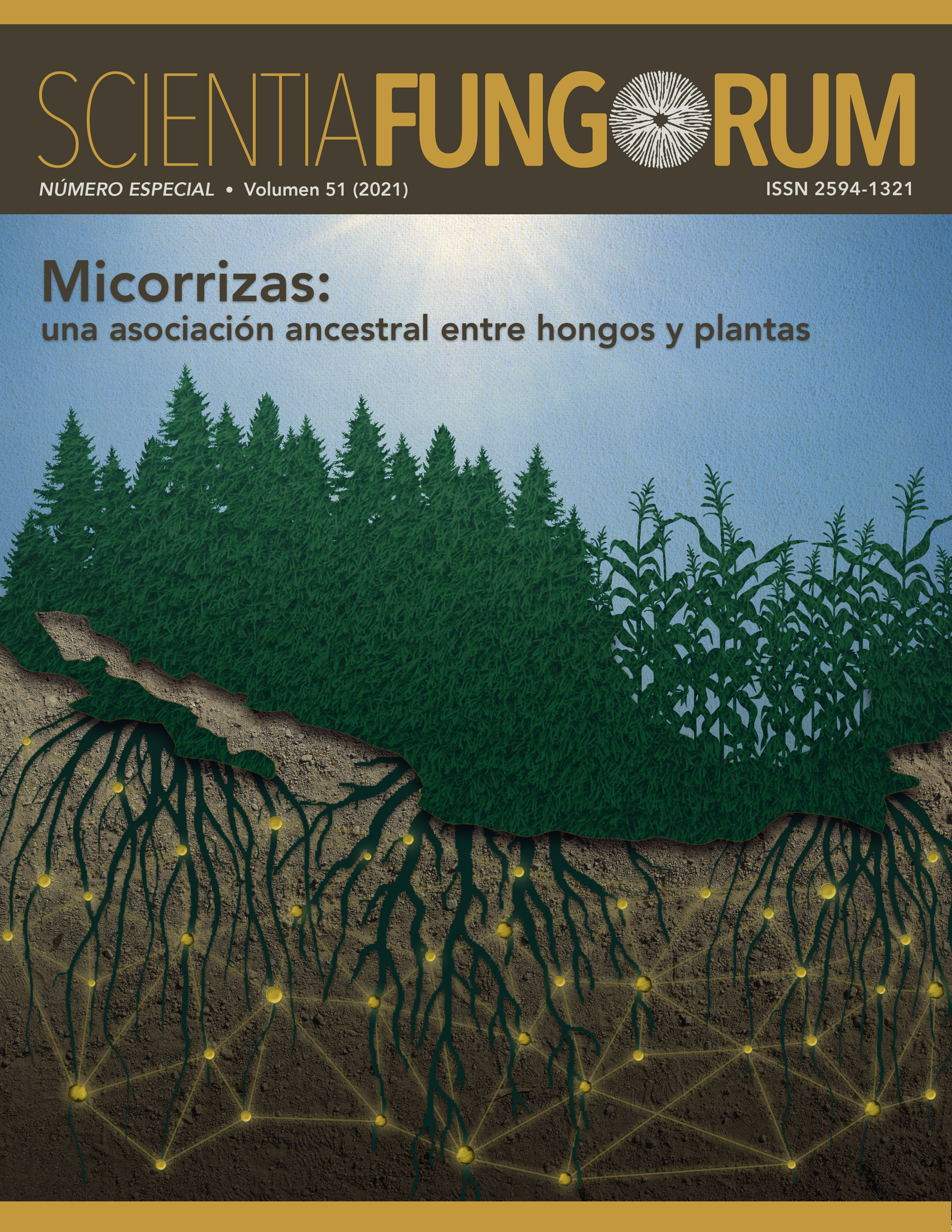Ectomycorrhizal fungi associated with Pinus patula and Quercus crassifolia in plantations reforested from clear cut logging, in the Sierra Juarez of Oaxaca, Mexico
DOI:
https://doi.org/10.33885/sf.2021.51.1289Abstract
Background: Pinus patula is the most important timber species in the subtropical region of Mexico, particularly in the state of Oaxaca. It is found in native forests and in plantations reforested from clear cut logging (matarrasa). The interaction of Pinus and Quercus roots with ectomycorrhizal fungi (EcM) plays important functions for the nutrition and survival of these plants, with consequences for forest dynamics.
Objective: We characterized the most frequent EcM fungi in seedling roots of P. patula and Q. crassifolia (which grows by natural regeneration in the stands) from clear cut plantations in the Sierra Juarez of Oaxaca, Mexico.
Methods: Morphotypes of each EcM root tip were described morphologically and identified using the ITS nuclear ribosomal DNA region by genetic similarity in the UNITE database.
Results and conclusions: We found a total of 14 “Species Hypothesis” for which the morphological description of the root tip is presented. The /tomentella-thelephora and /laccaria lineages were the most diverse. Lactarius sp., Cenococcum geophilum and Tomentella radiosa were the most frequent species associated to both hosts. This work highlights the diversity of EcM fungi in clear cut plantations. Such knowledge is useful for further research on sustainable forest management.
Downloads
Downloads
Published
How to Cite
Issue
Section
License
Copyright notice
Open access policy
The authors who publish in this journal accept the following conditions:
In accordance with copyright laws, Scientia Fungorum recognizes and respects the authors’ moral rights, as well as the ownership of property rights, which will be transferred to the journal for dissemination in open access. Scientia Fungorum does not charge for submission and processing of articles for publication.
All the texts published by Scientia Fungorum –with no exception– are distributed under a Creative Commons License Attribution-NonCommercial-ShareAlike 4.0 International (CC BY-NC-SA 4.0), which allows third parties to use the publication as long as the work’s authorship and its first publication in this journal are mentioned.
The authors can enter into independent and additional contractual agreements for the nonexclusive distribution of the version of the article published in Scientia Fungorum (for example include it into an institutional repository or publish it in a book) as long as it is clearly and explicitly indicated that the work was published for the first time in Scientia Fungorum.
For all the above, the authors shall send the form of Letter-transfer of Property Rights for the first publication duly filled in and signed by the author(s). This form must be sent as a complementary file.
This work is licensed under a Creative Commons Attribution-NonCommercial-ShareAlike 4.0 International license (CC-By-NC-SA 4.0).



